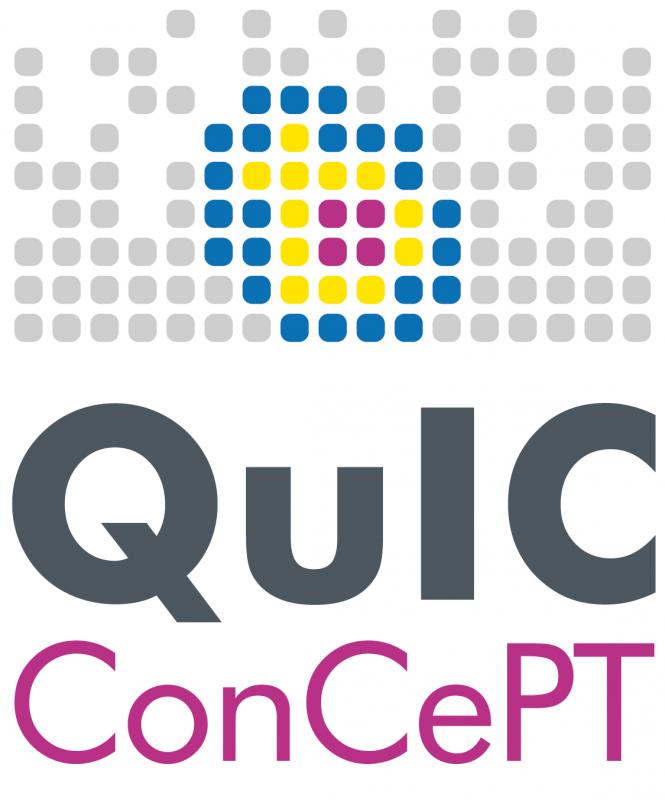Background
A good imaging biomarker shows evidence of a drug’s activity before the benefit to the patient is evident. Although imaging biomarkers are already used in cancer treatment and research, few are considered to be sufficiently reliable as to be used as a matter of routine. This project set out to get definitive evidence as to the usefulness of three different imaging biomarkers in determining whether a drug is having the effect of either forcing cell death (necrosis), encouraging tumour cells to shut themselves down and die (apoptosis), or reducing tumour cell proliferation. These three phenomena constitute the goal of many cancer drugs in development; if pharma companies could have confidence that imaging could offer reliable evidence of them, it would help them to make decisions about whether a treatment under development is worth pursuing. Likewise, if doctors could have confidence in the reliability of the biomarkers from a scan, they would be able to make crucial decisions about stopping ineffective drugs, often being administered to patients who don’t have long left to live.
The clinical trials
Tumours in the lung and liver were chosen as the targets for the QUIC-CONCEPT clinical trials. The reason for this is that cancer often spreads (metastasises) to these organs. Drug therapy is particularly appropriate for metastatic disease, because radiotherapy or surgery are generally less effective against metastatic tumours than primary tumours.
The team studied three imaging biomarkers. One was studied for its ability to indicate cell death (ADC MRI, or apparent diffusion coefficient as seen via magnetic resonance imaging); another for its ability to indicate reduced rate of cell proliferation (FLT PET, using the tracer fluorothymidine F-18 and positron emission tomography scan); and finally, one that would measure apoptosis (ICMT11 PET, another tracer material used in conjunction with a PET scan). Patients underwent scans before taking a treatment and then again a set period of time afterwards, to see if the imaging could offer reliable indications of the activity of the drug.
In the case of ADC MRI, which involves watching for signs that water molecules can move freely around the tumour, suggesting the drug had caused cell death; although the ADC value did increase, as expected, with treatment, the team found weak evidence that it is a reliable or effective imaging biomarker of necrosis. The fact that it disproved the assumption that it could be used as a marker for necrosis is itself a useful finding that will of particular help to drug developers.
The second method, which involved the injection of FLT and a PET scan, did indeed establish that this form of imaging biomarker could be used to reliably judge the effectiveness of the drug’s ability to reduce cell proliferation, as FLT uptake was found to decrease with effective treatment.
The study of the third imaging biomarker was ultimately unsuccessful. Apoptosis proved quite tricky to study as it occurs at a very specific time after the drug is given, otherwise the signal is weak and hard to measure. This work will make drug developers more cautious in deciding how to measure whether new drugs induce apoptosis.
The team also undertook comprehensive studies in tumours in rodent models, as these are often used to help design and interpret clinical trials. One important finding was that the ADC biomarker was unexpectedly found to be a weak biomarker of necrosis (cell death), but a good biomarker of cellularity. In addition, the FLT biomarker signal quickly decreased in most cases where drugs were working, but importantly the team identified some particular types of drug which could give misleading results due to the so-called ‘flare’ effect, so FLT PET should definitely be avoided in such cases.
Legacy of the project
At the outset of the project the team realised that, although patient scanning is almost universally used to assess whether drugs are working, only a very small variety of types of scanning are routinely used and trusted by doctors and drug developers. This is surprising because a huge variety of types of scanning, measuring different biological processes, has been developed in universities. The team realised that in many cases these new types of scan have not been developed in the most useful way, and they developed a new ‘roadmap’ to help get these new scanning tools into use faster. This roadmap has already been widely adopted.
One of the reasons previous studies on imaging biomarkers were unreliable is that each study used its own protocol, making comparison very hard. QUIC-CONCEPT introduced standardisation of the studies across the multicentre study and across animal models and cancer patients. Regarding assets, the project left behind an imaging repository, which contained over 1,200 MRI scans, 600 PET images and datasets by the end of the project lifespan. These data still being worked on to gain new insights.
On average, it costs about one billion euro and takes about ten years to develop a cancer drug. The benefit to industry of the results of QUIC-CONCEPT is that they will help make decisions at phase one or phase two of clinical research as to whether to continue to the more expensive later phase trials. In this respect, the project achieved its goal.
For cancer patients, unfortunately, time is often quite short. Anything that helps oncologists cut down on the time spent treating patients with ineffective drugs is valuable. The project outcome can ultimately help primary care practitioners understand more about what tools can reliably be used to predict prognosis, choose the optimal treatment for each patient, and to monitor treatment to determine whether drugs, doses and schedules elicit a desired or undesired biological effect.

